Panoramic Photo Above:
Forbes Field, Pittsburgh
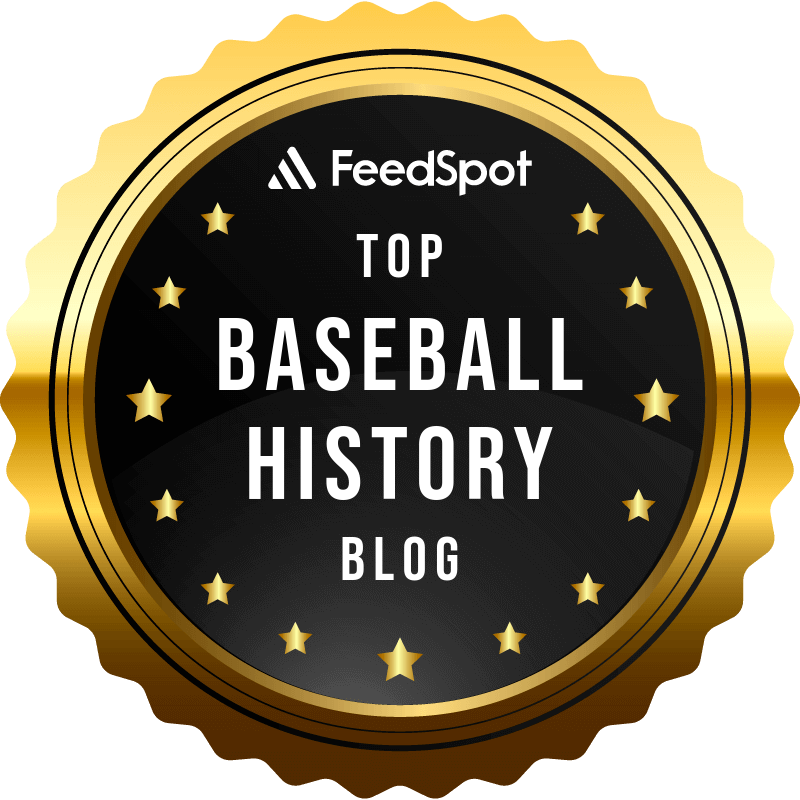
Baseball History Comes Alive Now Ranked As a Top Five Website by Feedspot Among All Baseball History Websites and Blogs!
(Check out Feedspot's list of the Top 35 Baseball History websites and blogs)
Guest Submissions from Our Readers Always Welcome! Click for details
Visit the Baseball History Comes Alive Home Page
Subscribe to Baseball History Comes Alive
Free Bonus for Subscribing:
Gary’s Handy Dandy World Series Reference Guide
Lou Gehrig/Mickey Cochrane Photo Gallery
Today we welcome Ron Christensen to Baseball History Comes Alive with his first (of I hope many) contribution: a deep dive (and I do mean a “deep dive!”) into the 1934 MVP award. After reading, it’s hard to imagine what the sportswriters were thinking in giving the award to Mickey Cochrane instead of Lou Gehrig. Ron is a self-proclaimed Yankee fan and a great admirer of Lou Gehrig, so he lays out his biases from the beginning. The essay is rather long, so I’ll be posting it in probably three installments. For those of us who love the intricacies and subtleties of baseball history, this one is right up our alley! I think you’ll enjoy what Ron has for us today. -GL
The 1934 MVP Race:
What?!? Really?!?!
So this one goes back a few seasons…well, maybe more than a few. And the timing of writing it here may be off by more than just decades. We’re just a few weeks removed from opening day and now have approximately ten percent of our season behind us – enough baseball to create more relevant storylines and topics of discussion. But then, it’s still a post about a Yankees favorite and about a subject – the MVP race – we discuss perennially, albeit with current players. This post may address a 90-year-old occurrence, but then who doesn’t like baseball nostalgia? Especially Yankees baseball nostalgia. So let’s dust off the decades and talk a bit about the 1934 American League MVP race and why Lou Gehrig didn’t win.
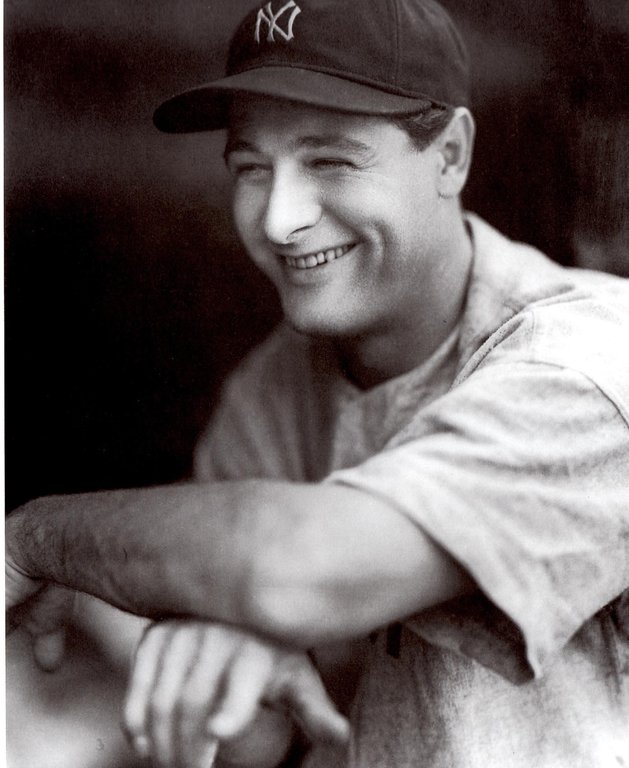
Let me preface one more point in the interest of transparency. I am a big-time Lou Gehrig fan. I believe him to be one of the all-time Yankee greats, and a player who best exemplifies the spirit and tradition of Yankees leadership in both on-field skill and off-field demeanor. And I can only imagine how much greater his already incredible career stats might have been had his career and his life not been so tragically shortened by ALS. I begin then with the conclusion that although Gehrig didn’t win the 1934 MVP Award, he absolutely should have won. I’m aware of but remain unconvinced by the arguments the other way, especially those posed by Tigers fans. So let’s look at them, and despite my obvious bias, I’ll try to be fair in evaluating and then dismissing them. Because for me the die is cast, the choice is made, the decision is reached, the deal is done, the verdict is in, and Julius Caesar has crossed the Rubicon. Lou Gehrig should have been the 1934 AL MVP.
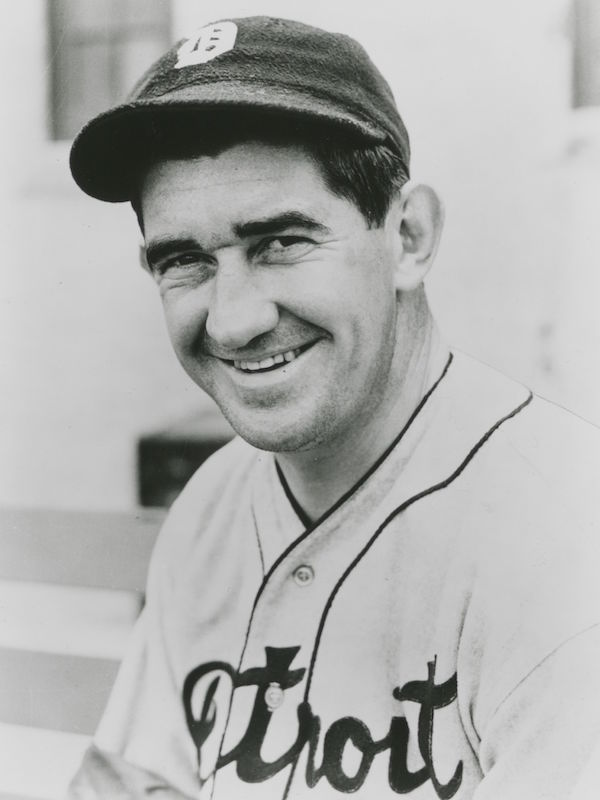
So who was the 1934 American League MVP? Mickey Cochrane, catcher and player-manager of the Detroit Tigers. To be fair, Cochrane was a great player and over thirteen seasons had a great career. His lifetime batting average of .320 is the highest all-time for a catcher, and in 1999, The Sporting News ranked him 65th on their list of top 100 all-time players. Ironically, like Gehrig, Cochrane’s career was unforeseeably shortened by a near-fatal injury when he was struck in the head by a pitch during a game against the Yankees in 1937. Cochrane was elected to the Baseball Hall of Fame in 1947. [1]
The MVP Award, as we know it today, was first established in 1931, and though there are intangibles that lend themselves to an individual voter’s subjectivity, the criteria for voting and for MVP qualification remain virtually unchanged since their inception. These are:
-
- The actual value of a given player to his team, including strengths of offense and defense.
- The consistency and availability of a player throughout the season, i.e. the number of games played.
- The character, disposition, loyalty, and effort of a player, emphasizing the player’s overall contributions beyond statistics; and
- There are no restrictions on a player’s eligibility based on previous MVP wins.
Votes are cast as they’ve always been, by sportswriters from the Baseball Writers Association of America (BBWAA), though ninety years ago there was one writer from each franchise city, while today there are two writers from each city, and of course, today there are more franchise cities. [2] [3]
Let’s look at the numbers. [4]
Mickey Cochrane:
G AB R H HR RBI SB BB BA
129 437 74 140 2 75 8 78 .320
OBP SLG OPS WAR
.428 .412 .840 4.5
Lou Gehrig:
G AB R H HR RBI SB BB BA
154 579 128 210 49 166 9 109 .363
OBP SLG OPS WAR
.465 .706 1.172 10.0
As the saying goes, ‘the numbers don’t lie.’ Certainly, a plain reading of both players’ respective statistics would lead any self-respecting sportswriter, or for that matter anyone outside of Navin Field and Mickey Cochrane’s immediate family, to cast their MVP vote in favor of Lou Gehrig. Gehrig led the major leagues, not just the American League, in BA, HRs, RBIs, OBP, SLG, OPS, WAR, and Total Bases. His totals in BA, HRs, and RBIs won him the Triple Crown, but were not enough to garner him the MVP vote. Cochrane, the MVP winner, finished fifth in the league in BA, tenth in walks, and did not have another top 10 finish in any other offensive category. [5]
Defensively, both players were exemplary. Cochrane, a catcher, was charged with seven errors and three passed balls over 980 innings, ending the season with a .988 fielding percentage. He threw out 31 of 60 attempted base stealers (51.7%), an excellent rate in any era. Gehrig, a first baseman, committed eight errors in 1372 chances over 1357 innings, ending the season with a .994 fielding percentage. [6] Adding defensive metrics to the equation doesn’t close the overwhelming gap in offense that clearly favors Gehrig for the MVP crown.
But as we know, statistics aren’t the full measure of consideration for MVP voting. There are also those intangibles that invite subjectivity – qualities such as character, disposition, loyalty, and effort that I’m certain sparked heated debate in taverns from Yankee Stadium to Navin Field, especially since the top six MVP vote recipients in 1934 came from the Yankees and the Tigers. Astonishingly, Gehrig and his herculean Triple Crown season finished no better than fifth in the voting…
[To be Continued]
Ron Christensen
We’d love to hear what you think about this or any other related baseball history topic…please leave comments below.
Photo Credits: All from Google search
References:
- Wikipedia / Mickey Cochrane
- BBWAA Website
- NBC Sports Article: Here Are The MVP Voting Criteria, by Craig Calcaterra, 2011.
- Baseball Reference
- Baseball Reference
- Baseball Reference
Subscribe to Baseball History Comes Alive. FREE BONUS for subscribing: Gary’s Handy Dandy World Series Reference Guide. https://wp.me/P7a04E-2he
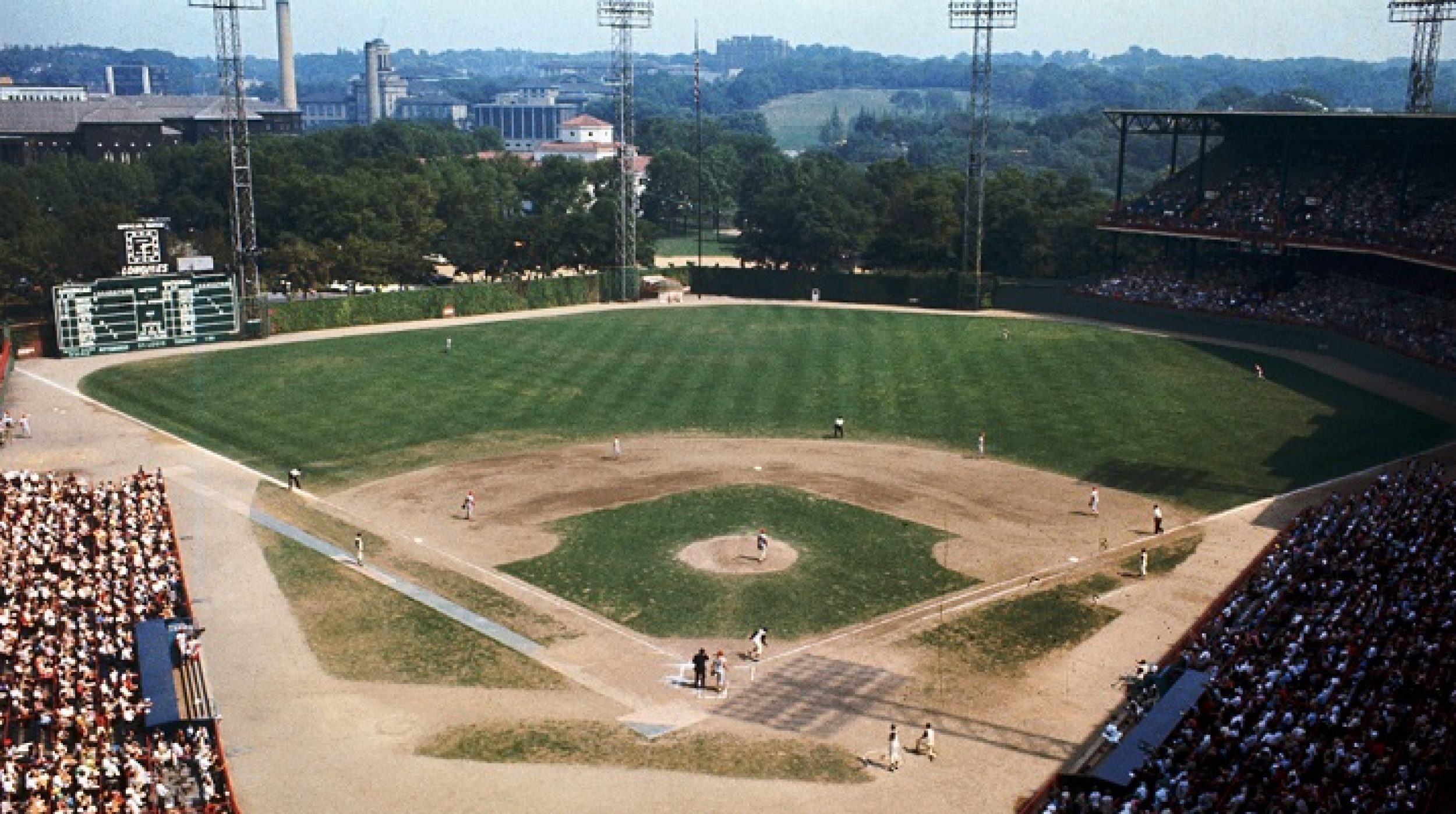


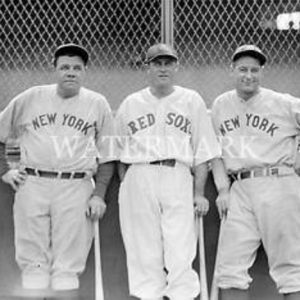
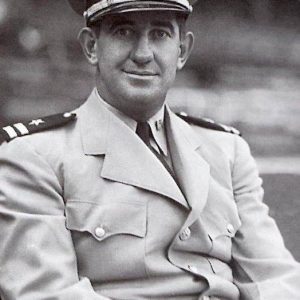
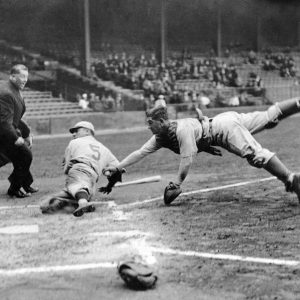
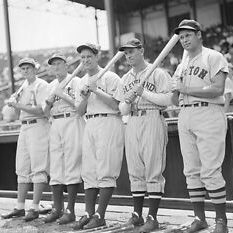

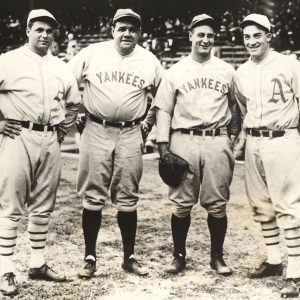
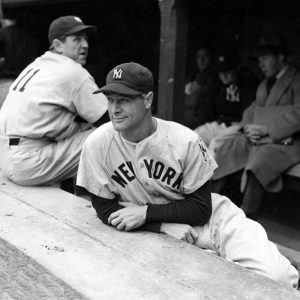
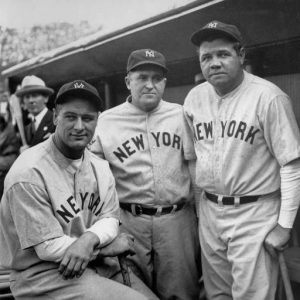
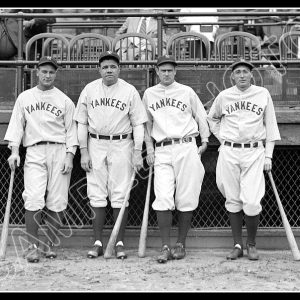
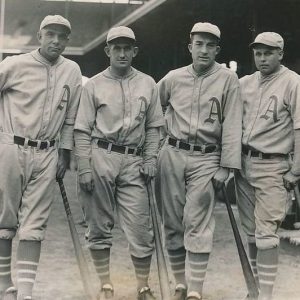
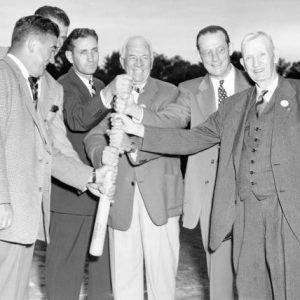
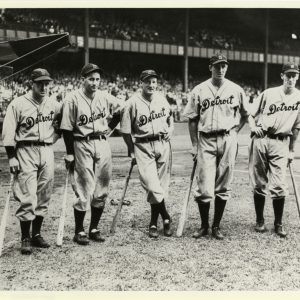
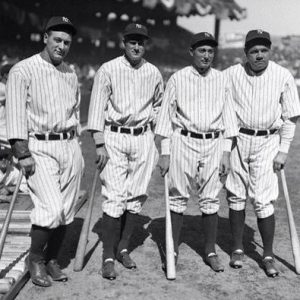
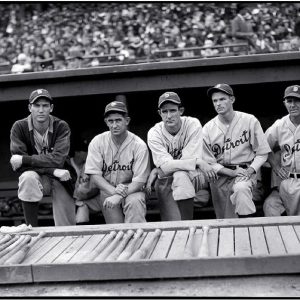
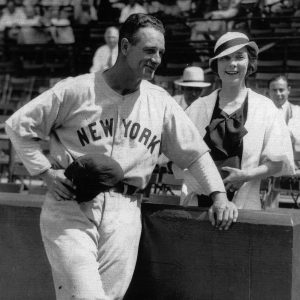
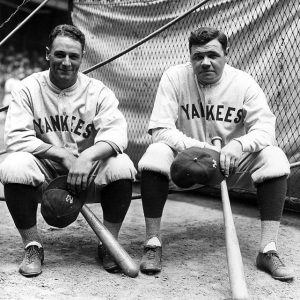
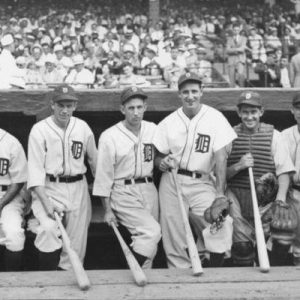


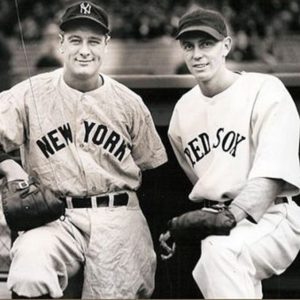

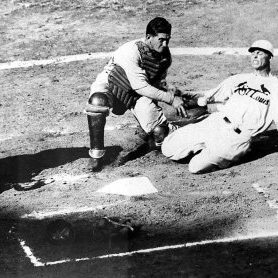
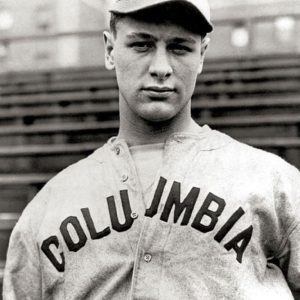
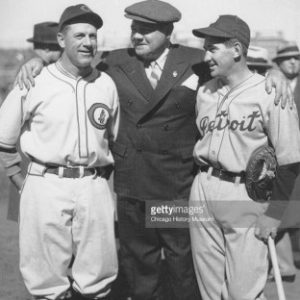
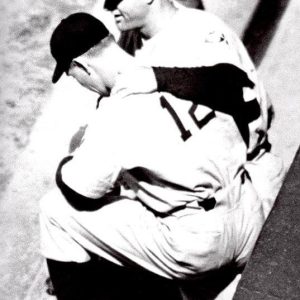
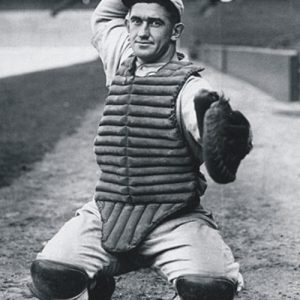
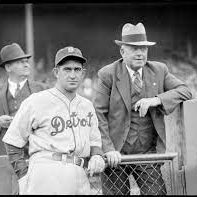
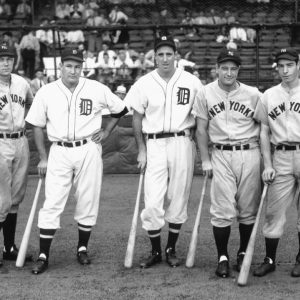
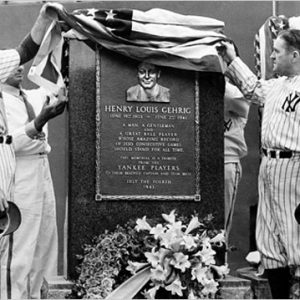
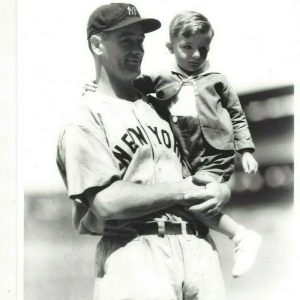

Wow! Hard to believe.
Thanks Joe…yeah very hard to believe!
Remarkable situation. How can you win the triple crown and not be MVP?
That’s a good question, Steve!
I share Gary’s comment – that’s a good question! Clearly, the Triple Crown is a purely statistics based award – have the highest offensive stats in the applicable three categories, and you win. The MVP adds “value” to the mix, and incorporates intangible qualities that define that term in determining what the individual player offers to his respective team. As I mention in the essay, I think it opens the door to a wide range of subjectivity among the voters, and unfortunately I’ve found nothing of insight from those who voted explaining why they voted as they did.
Still, to your question, I think winning the Triple Crown and leading in so many other offensive categories really gives Gehrig the edge here. And his value to his team? His leadership qualities on and off the field, his devotion to his team and to the game, his reliability in playing every game (he was knee-deep in his consecutive game streak at that time), and his overall exemplary character, in my opinion, give Gehrig the edge in the intangible qualities of value as well. In the essay I tried to play ‘devil’s advocate’ and explain why I thought the writers might have cast their votes for Cochrane, and I just don’t think what he offered the Tigers that season is even comparable to what Gehrig meant to the Yankees. But the real head-scratcher is that it’s not like it was a close vote between the two – Gehrig finished fifth, well off the pace in voting percentages. Unbelievable.
One other point not mentioned in the article and possibly me just tilting at windmills, is the fact that this was the fourth year of the modern version of the MVP award, and in all previous three years the award went to a player from the Philadelphia A’s. This year it was Cochrane with the Tigers, but Cochrane had just come from the A’s, having played with them on pennant winning and world series teams. A pattern? A bias? Again, it’s me being purely speculative without any evidence to support this. Unfortunately, we just don’t know what was in the mind of the voters.
Thanks for the comment! Sorry for the longwinded response.